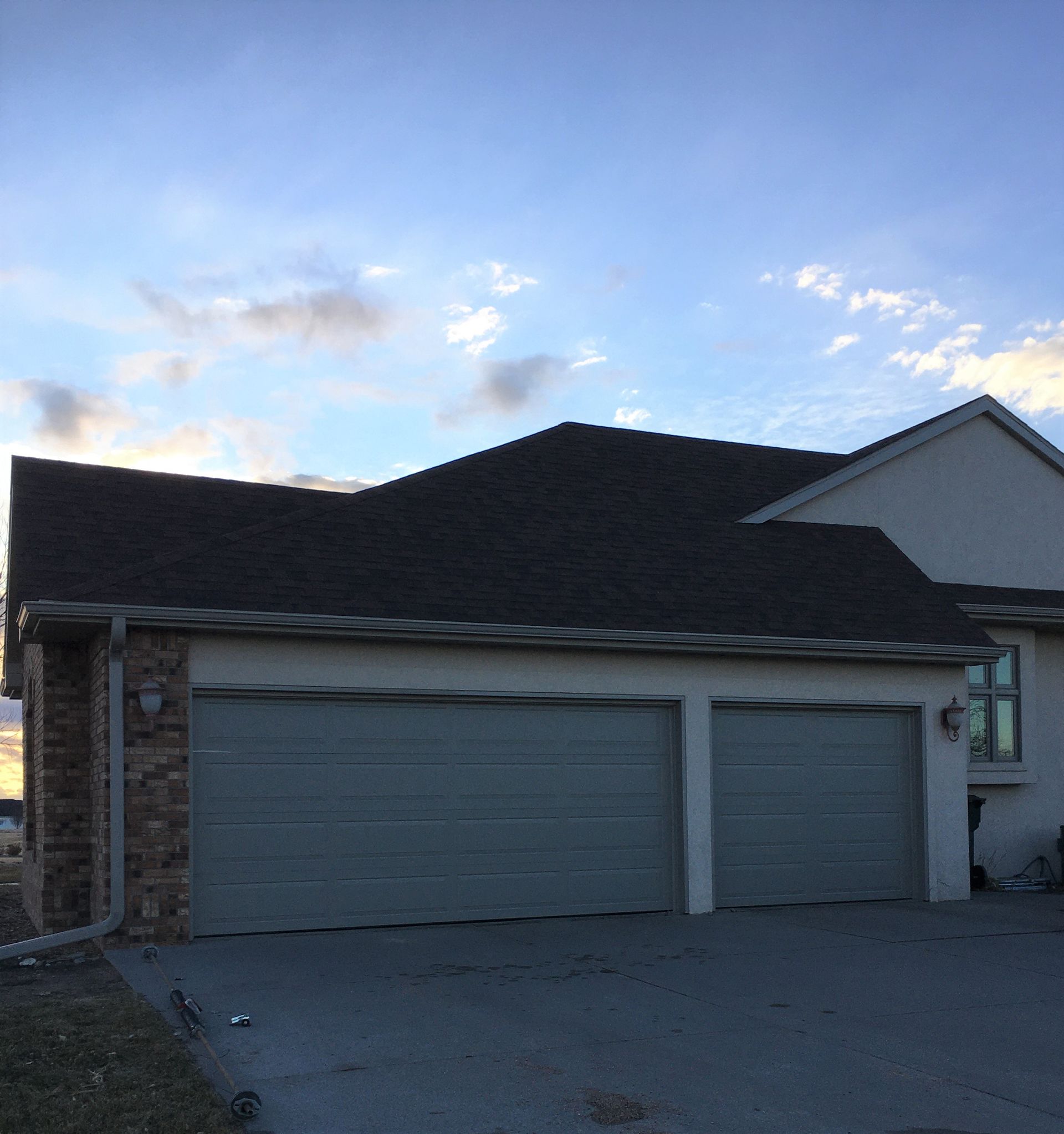Your roof’s color isn’t just an aesthetic choice—it can directly impact your home’s energy efficiency and comfort. Let’s explore the science behind roof colors and help you decide the best option for your climate.
How Roof Color Affects Heat Retention and Cooling
Roof color has a direct impact on how much heat your roof absorbs. Darker colors, like black, trap heat, warming your home, while lighter roofs, like white, reflect sunlight and help maintain a cooler indoor temperature.
Deciding Between Light or Dark Roofs Based on Climate
The best roof color for your home depends on your local climate conditions:
- Hot Climates: Opt for white or lighter roofs to reflect heat, lower indoor temperatures, and save on cooling costs.
- Chilly Climates: For colder climates, darker roofs are better because they absorb heat, helping to maintain warmth inside and lower heating costs.
- Temperate Climates: In moderate climates, a neutral or slightly darker shade may be the best option, depending on your insulation and overall energy needs.
Energy Efficiency and the Urban Heat Island Effect
White roofs are particularly useful for combating the urban heat island effect, where cities experience higher temperatures due to the prevalence of dark roofs and surfaces. These roofs help lower city temperatures and reduce overall energy use.
Expert Tips from Weathercraft on Selecting Roof Colors
To help you choose the perfect roof color, keep these tips in mind:
- Weather Conditions: Keep your local climate in mind when choosing a roof color.
- Durability of Roofing Materials: Check that your roofing material is compatible with the selected color.
- Aesthetic Appeal: Complement your home’s exterior for a cohesive look.
- Energy Savings: Think about long-term savings in energy costs when selecting a roof color.
At Weathercraft, we guide homeowners in choosing the ideal roof color and material to suit their needs and budgets.
